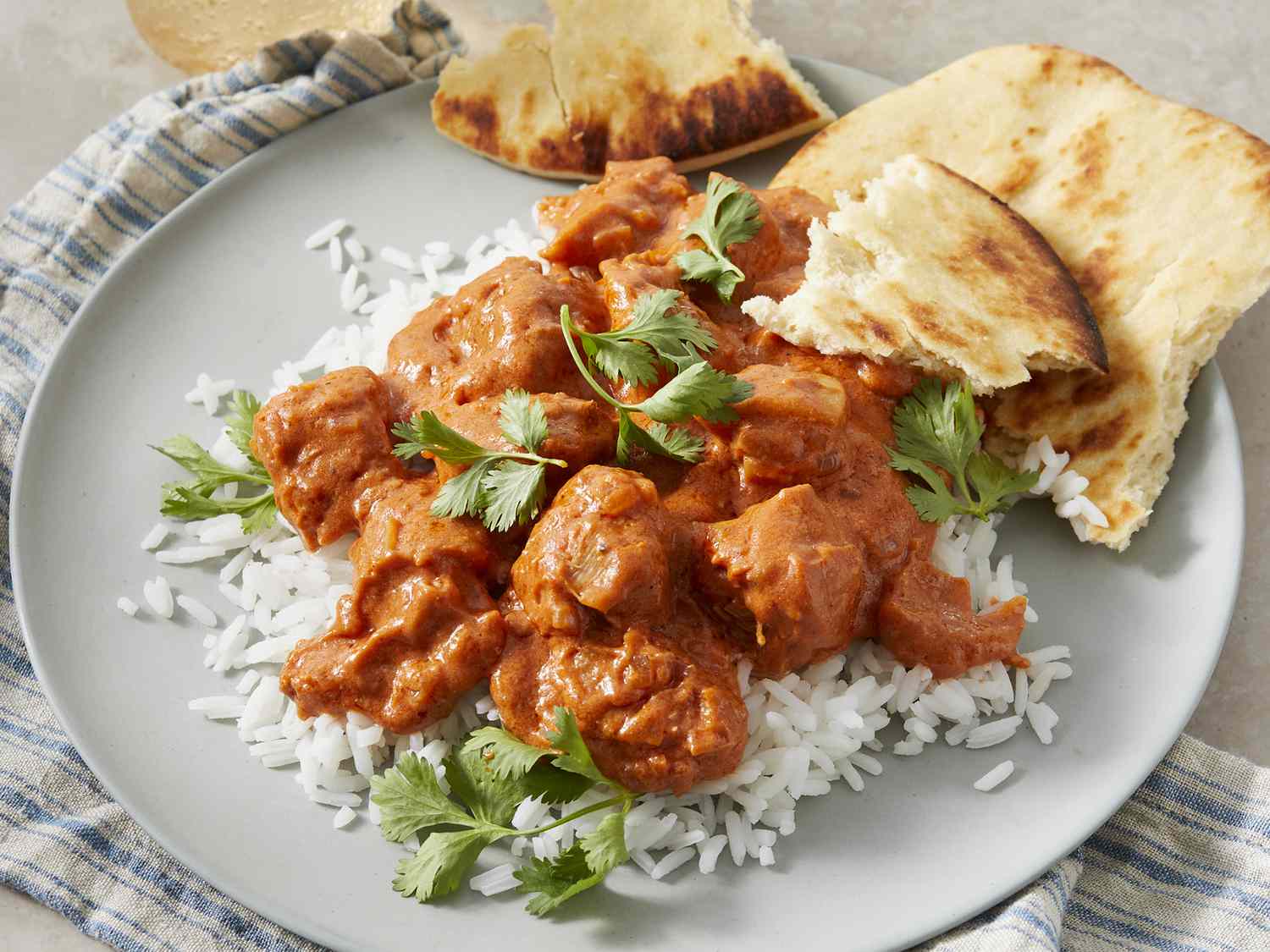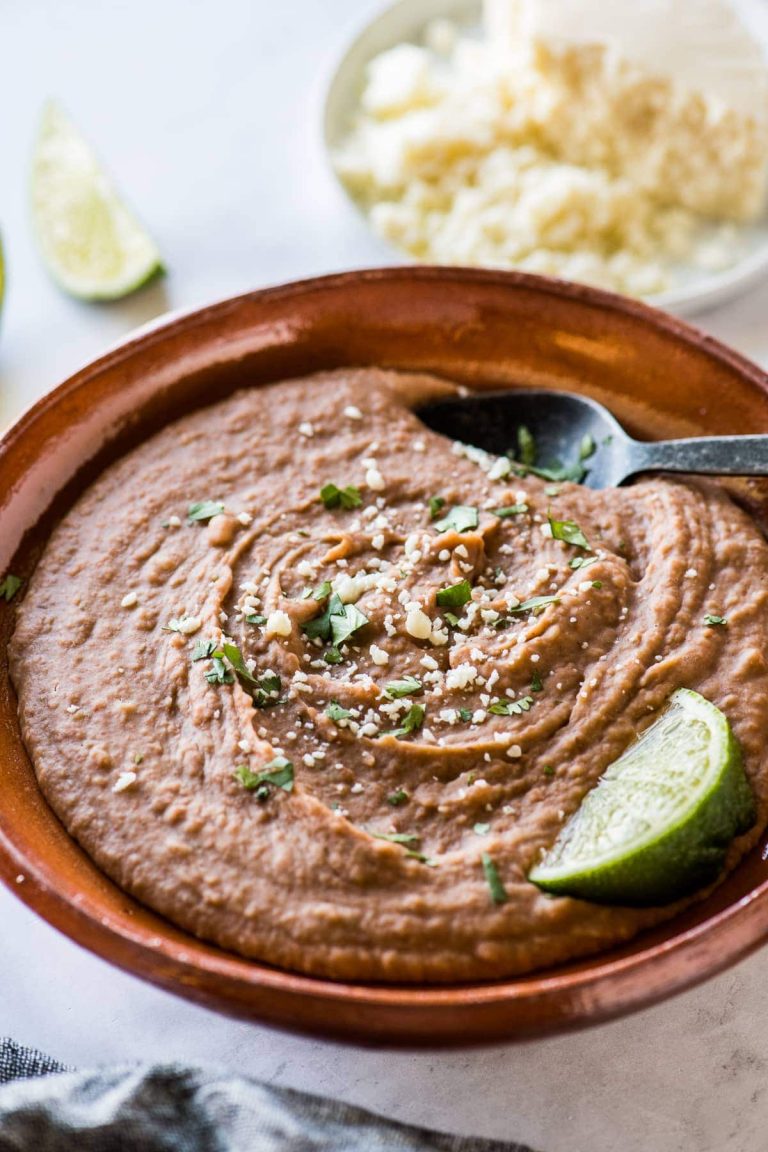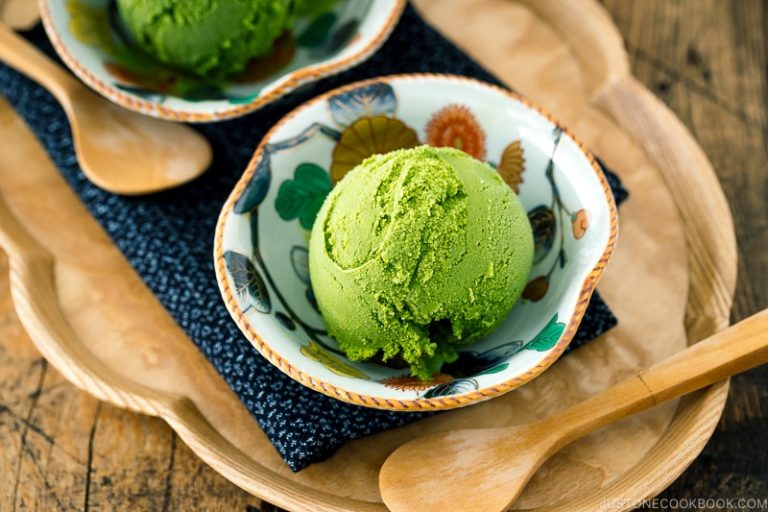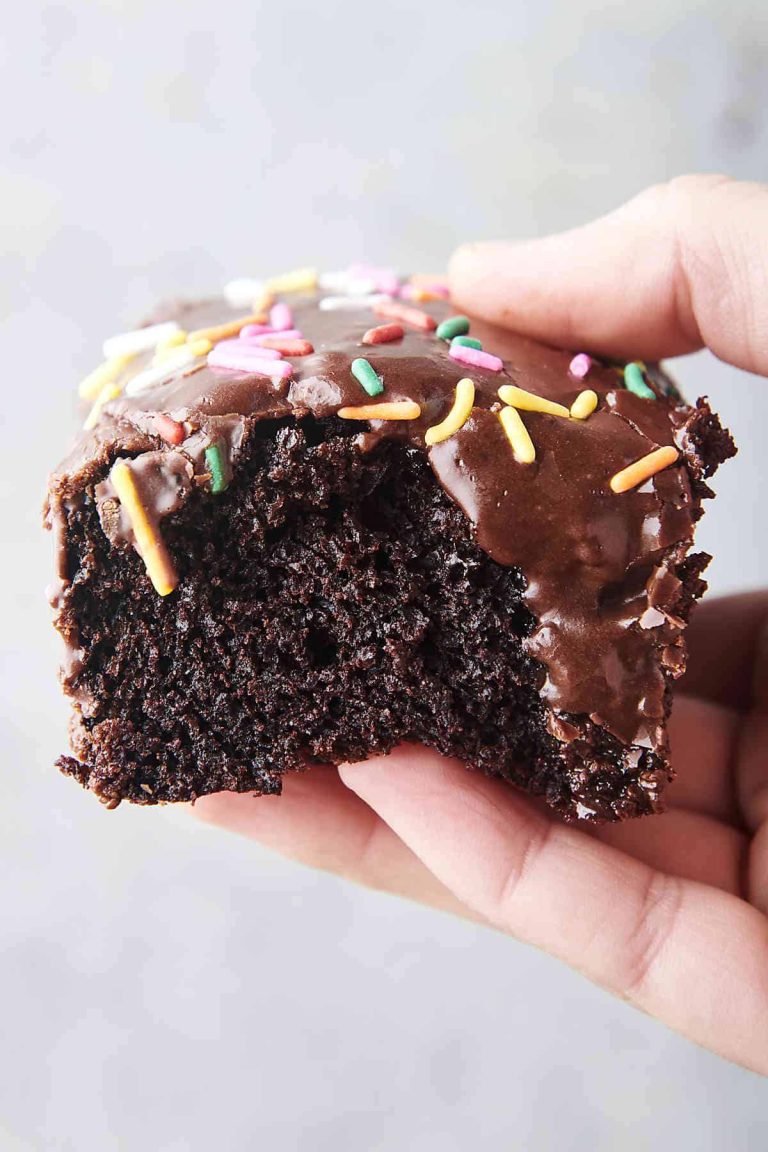Makhanindian Butter Chicken Recipe
Chicken Makhanindian, commonly known as Butter Chicken, has deep roots in Indian cuisine. Kundan Lal Gujral, the founder of Moti Mahal restaurant in Delhi, created this dish in 1948. In post-partition India, he was seeking innovative ways to use leftover tandoori chicken. Combining it with tomato, butter, and cream led to the creation of this iconic dish. Historically, Punjabi cuisine, rich in dairy, tomatoes, and spices, heavily influenced Butter Chicken.
Evolution and Popularization in Modern Restaurants
Butter Chicken’s popularity grew rapidly in the latter half of the 20th century. As Indian restaurants spread globally, so did this rich, flavorful dish. By the 1990s, Butter Chicken had become a staple in Indian restaurant menus worldwide. In modern dining establishments, chefs continue to experiment while staying true to the traditional recipe. Variations now include more vegetables, less cream, or alternative proteins like paneer or tofu, catering to diverse palates and dietary needs.
Ingredients and Preparation
Key Ingredients for Authentic Flavor
For authentic Chicken Makhanindian, you need several key ingredients. Use boneless chicken thighs for tenderness. Marinate them in yogurt, lemon juice, and spices, like garam masala, cumin, coriander, and turmeric.
Prepare a rich, creamy sauce using butter, heavy cream, tomato puree, and a mix of ginger, garlic, and green chilies. Include fenugreek leaves (kasuri methi) for a distinct flavor. Season the sauce further with additional spices, such as red chili powder and garam masala.
List of essential ingredients:
- Boneless chicken thighs
- Yogurt, lemon juice, spices (garam masala, cumin, coriander, turmeric) for marination
- Butter and heavy cream for the sauce
- Tomato puree
- Ginger, garlic, green chilies
- Fenugreek leaves (kasuri methi)
- Red chili powder, garam masala for seasoning
Step-by-Step Cooking Process
Begin by marinating the chicken in yogurt, lemon juice, and spices for at least 1 hour. Grill the marinated chicken pieces on high heat or bake them until they’re slightly charred and cooked through.
In a large pan, melt butter over medium heat, add minced ginger, garlic, and chopped green chilies. Sauté until fragrant. Pour in tomato puree, cooking until the oil separates. Stir in heavy cream and kasuri methi, allowing the mixture to simmer and thicken.
Add the grilled chicken pieces to the creamy tomato sauce. Cook for an additional 10–15 minutes so the flavors meld and the chicken absorbs the sauce. Adjust seasoning with salt and garam masala as needed.
Allow the dish to rest for a few minutes before serving. Garnish with fresh cilantro and serve with naan or rice.
Nutritional Value
Health Benefits and Considerations
Butter Chicken offers a mix of protein and essential nutrients. Lean chicken provides a high-quality protein source, fostering muscle repair and growth. The tomatoes in the dish supply vitamins A and C, antioxidants crucial for immune function and skin health. Fenugreek leaves, often added to the recipe, contain compounds that may aid digestion and reduce inflammation.
However, it includes significant amounts of butter and cream, contributing to high saturated fat content. If you consume it regularly, this could influence your cholesterol levels. To enjoy Butter Chicken more healthily, consider using low-fat yogurt and reducing the butter amount without compromising taste.
Caloric and Macronutrient Breakdown
A standard serving of Butter Chicken (approximately 1 cup or 250 grams) typically consists of the following macronutrient values:
| Nutrient | Amount |
|---|---|
| Calories | 490 kcal |
| Protein | 27 grams |
| Fat | 31 grams |
| Saturated Fat | 17 grams |
| Carbohydrates | 14 grams |
| Fiber | 3 grams |
Protein from chicken remains a significant aspect, making it beneficial for post-workout meals. Fat and calorie content might vary based on ingredient choices and cooking methods. Reducing cream usage and opting for healthier fat sources can lower the overall calorific impact.
Serving and Pairing Suggestions
Ideal Accompaniments
Pairing Chicken Makhanindian with the right sides enhances its flavors. Serve it with basmati rice to soak up the creamy sauce and add a mild aromatic touch. Consider naan bread or roti for an authentic Indian meal experience, allowing you to savor every bit of the rich gravy. Add a side of fresh salad or cucumber raita (yogurt-based sauce) to balance the spiciness and introduce freshness to the dish.
Creative Serving Ideas
Serve Chicken Makhanindian in unique ways to diversify your dining experience. Create Butter Chicken wraps by filling whole wheat tortillas with Butter Chicken, vegetables, and a dollop of mint chutney. For a fusion twist, use it as a pizza topping over naan bread with mozzarella cheese for an Indian-Italian delight. Transform the dish into a snack by using the chicken and sauce to fill mini puff pastries for a delicious appetizer.
Variations and Regional Differences
Traditional vs. Contemporary Recipes
Traditional Butter Chicken recipes feature marinated chicken cooked in a rich, creamy tomato sauce with a blend of authentic spices. Classic ingredients include yogurt, ginger, garlic, garam masala, and fenugreek. The marination process usually takes several hours, ensuring deep flavors penetrate the meat. The sauce’s consistency is thick and luxurious, emphasizing the buttery, slightly tangy taste.
Contemporary recipes adapt these elements to suit modern preferences and time constraints. You may find quicker versions using boneless chicken pieces or pressure cookers. Some variations replace heavy cream with yogurt or coconut milk for a lighter touch. Spice blends might also differ, offering milder or more intense flavors based on regional or personal preferences. Experimentation with fusion elements like adding interesting herbs or vegetables is common today.
Regional Interpretations Across India
Butter Chicken has diverse regional interpretations across India, each adding unique flavors and techniques to the dish. In Delhi, the dish retains its original, rich composition with robust spicing and heavy cream. The northern regions emphasize the smoky flavor by incorporating tandoori-cooked chicken, enhancing the dish’s depth.
In Maharashtra, you might encounter a spicier version of Butter Chicken, integrating local masalas and a hint of coconut. Southern states often incorporate curry leaves and mustard seeds, adding a twist to the traditional flavor profile. Additionally, Goa’s version often features a subtle hint of sweetness due to the use of cashew paste.
These regional variations illustrate the dish’s versatility and its ability to cater to various tastes while maintaining the essence of Butter Chicken.
Conclusion
Butter Chicken’s journey from its humble beginnings at Moti Mahal to becoming an international favorite showcases its versatility and timeless appeal. Whether you stick to the traditional recipe or experiment with modern twists, this dish offers a delightful culinary experience. By understanding the key ingredients and preparation techniques, you can recreate this creamy, flavorful masterpiece at home. So next time you’re in the mood for something rich and comforting, give Butter Chicken a try and savor the fusion of spices and textures that make it so special.





